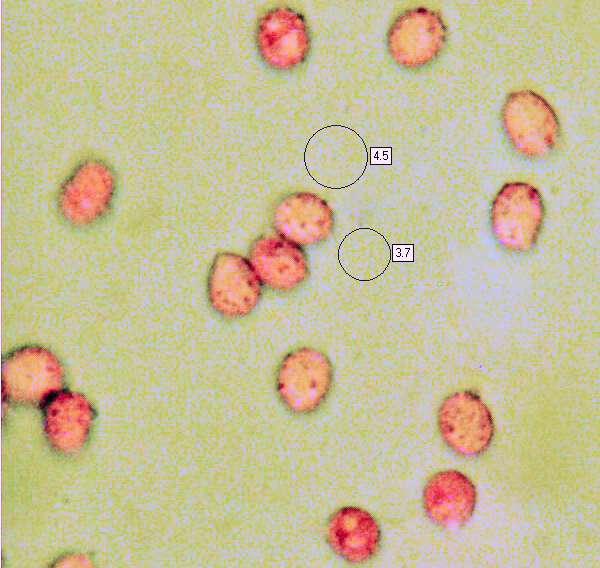Lepista flaccida (Sowerby) Pat. - Tawny Funnel
Phylum: Basidiomycota - Class: Agaricomycetes - Order: Agaricales - Family: Tricholomataceae
Distribution - Taxonomic History - Etymology - Identification - Culinary Notes - Reference Sources
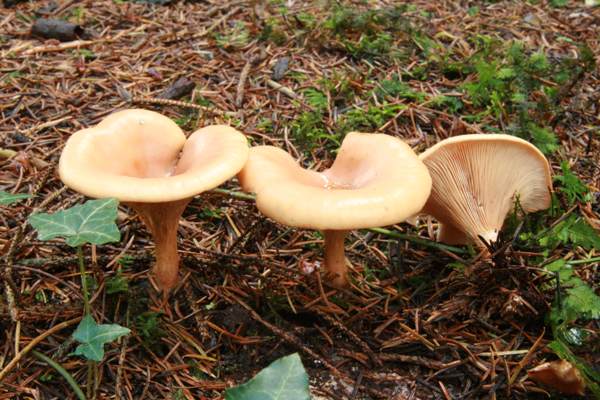
Although the common name and its scientific synonym Clitocybe flaccida suggest that this mushroom is a ‘funnel’, in fact it is now - Classed as one of the ‘blewits’ – even though its spores are white or cream whereas the Wood Blewit and the Field Blewit produce pale pink spores. Caps frequently have a spout-like low points, making for a jug-like appearance; this, and the much thinner cap flesh, help in distinguishing the Tawny Funnel from the superficially similar Common Funnel, Clitocybe gibba.
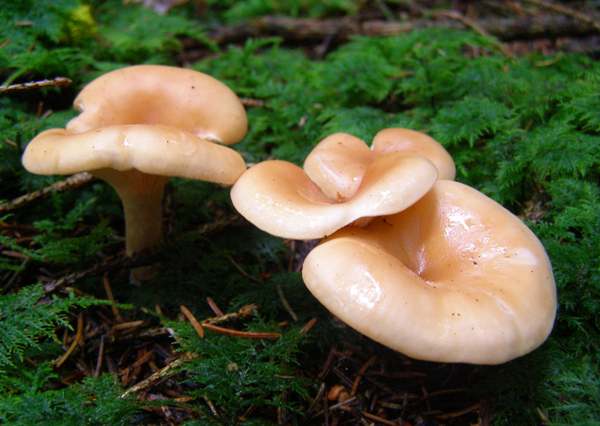
Many people have difficulty identifying the Tawny Funnel, and this is hardly surprising because in both shape and colour it is very variable. Many authors have tried to separate it into a number of distinct taxa, either at species or variety level.
Distribution
Found in all kinds of woodlands, the Tawny Funnel is a very common and widespread fungus and it turns up on nearly every autumn forest foray in Britain. This pretty mushroom is also found throughout mainland Europe and in many other parts of the world including North America.
Sometimes found growing on humus-rich soil but mostly occurring in woodland settings, the Tawny Funnel is gregarious and often produces spectacular fairy rings. Part of such a ring is shown in the picture below; the entire ring was nearly 20 metres in diameter.
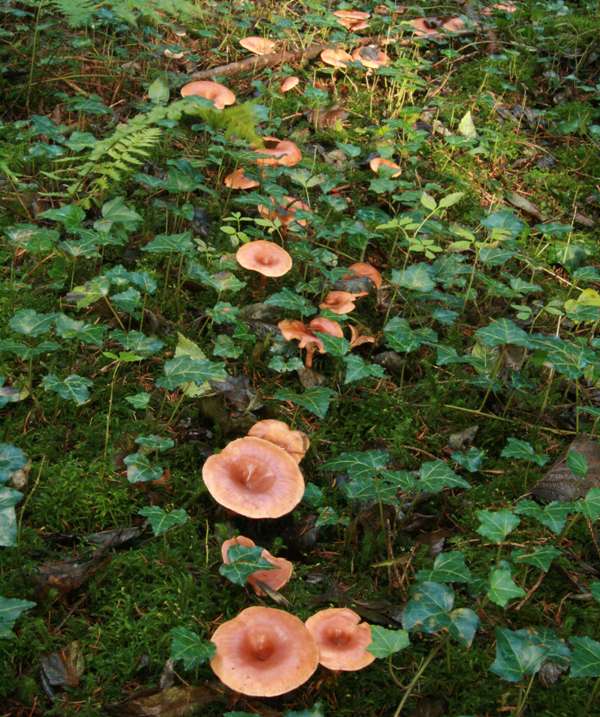
Taxonomic history
Described in 1799 by British naturalist James Sowerby (1757 - 1822), who named this species Agaricus flaccidus, the Tawny Funnel acquired its currently accepted scientific name Lepista flaccida in 1887, when the French mycologist Narcisse Theophile Patouillard (1854 - 1926) transferred it to the genus Lepista.
Synonyms of Clitocybe flaccida are many and varied, and they include Agaricus inversus Scop., Agaricus flaccidus Sowerby, Agaricus lobatus Sowerby, Agaricus gilvus Pers., Agaricus splendens Pers., Omphalia gilva (Pers.) Gray, Omphalia lobata (Sowerby) Gray, Agaricus lentiginosus Fr., Clitocybe flaccida (Sowerby) P. Kumm., Clitocybe gilva (Pers.) P. Kumm., Clitocybe inversa (Scop.) Quél., Clitocybe splendens (Pers.) Gillet, Lepista gilva (Pers.) Roze, Lepista inversa (Scop.) Pat., and Clitocybe flaccida var. lobata (Sowerby) Romagn. & Bon.
Etymology
Lepista is derived from Latin and means a wine pitcher or a goblet, and when fully mature the caps of Lepista species do indeed become concave (sometimes referred to as being infundibuliform) like shallow chalices or goblets. Rather as it sounds, the specific epithet flaccida simply means slack or flaccid (as opposed to tough or rigid) and describes the texture of this common woodland mushroom.
Identification guide
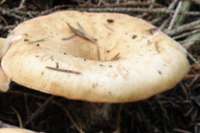 |
Cap4 to 9cm across, convex and later usually funnel shaped with a wavy inrolled margin; smooth and matt; tawny or orange-brown. The caps are hygrophanous and turn paler as they gradually dry out, eventually becoming buff. Tawny Funnels that appear very late in the season (and they fruit sometimes in January) sometimes have convex caps that do not develop central depressions - a cause of confusion until you get to know the habits of these funny funnels! |
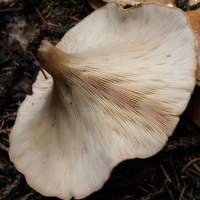 |
GillsDeeply decurrent; crowded; white at first, becoming pale tawny when mature. Stem3 to 5cm long and 0.5 to 1cm in diameter; slightly fibrillose; downy at base; tawny but paler than cap; no stem ring. |
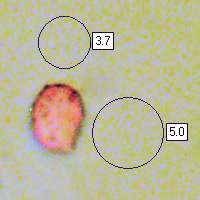 |
SporesBroadly ellipsoidal, to subglobose, 4-5 x 3.5-4µm; spore surface minutely warty; inamyloid.
Spore printCreamy-white, in contrast with the Wood Blewit and Field Blewit which have pale pink spores. |
Odour/taste |
Pleasantly sweet odour; no significant taste. |
Habitat & Ecological role |
In all kinds of woodland; occasionally on damp sawdust and wood chip mulch. |
Season |
June to November in Britain and Ireland. |
Similar species |
Lepista multiformis is usually larger and occurs in grassland. Clitocybe gibba, the Common Funnel, occurs in similar habitats; it is a much paler mushroom and it produces much larger, elongated pip-shaped white spores. |
Culinary notes
Although the Tawny Funnel, Lepista flaccida, is generally considered to be edible, its quality is so poor that collecting it is not considered worthwhile. That's rather a shame because these funnels occur in great numbers and are very easy to find because of the flamboyant colouring.
Reference Sources
Fascinated by Fungi, 2nd Edition, Pat O'Reilly 2016, reprinted by Coch-y-bonddu Books in 2022.
Sowerby, James (3 vols published between 1795 and 1815) Coloured Figures of English Fungi or Mushrooms.
Bigelow, H.E. (1985). North American Species of Clitocybe. Part II. J. Cramer: Berlin, Germany.
Gregory, D. (2007). The genus Clitocybe of California. Masters Thesis. San Francisco State University.
Funga Nordica: 2nd edition 2012. Edited by Knudsen, H. & Vesterholt, J. ISBN 9788798396130
British Mycological Society. English Names for Fungi
Dictionary of the Fungi; Paul M. Kirk, Paul F. Cannon, David W. Minter and J. A. Stalpers; CABI, 2008
Taxonomic history and synonym information on these pages is drawn from many sources but in particular from the British Mycological Society's GB Checklist of Fungi.
Fascinated by Fungi. Back by popular demand, Pat O'Reilly's best-selling 450-page hardback book is available now. The latest second edition was republished with a sparkling new cover design in September 2022 by Coch-y-Bonddu Books. Full details and copies are available from the publisher's online bookshop...

